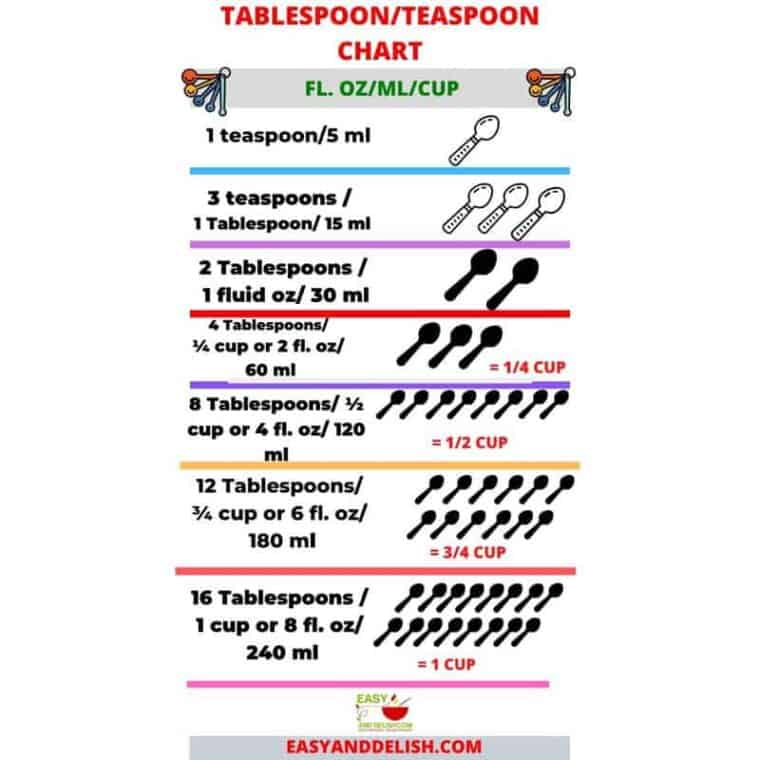When it comes to cooking, precision is key, especially when it involves ingredients like butter. Many recipes will specify measurements in grams, but for those who may be more accustomed to using tablespoons, the conversion can be quite perplexing. Butter is a versatile ingredient used in countless dishes, from baking to sautéing, and knowing how to accurately measure it not only ensures better results but also enhances your culinary experience.
In this guide, we will take a deep dive into the world of butter measurements, focusing specifically on the conversion of 15g butter in tbsp. Whether you are a novice in the kitchen or an experienced chef, understanding this conversion will help you master your recipes. So, let’s embark on this journey to decode butter measurements and discover the importance of accurate cooking!
By the end of this article, you’ll be equipped with the knowledge of how to measure butter correctly, why it matters, and some tips on how to use it in your cooking. So, grab your measuring spoons, and let’s get started!
What is 15g Butter in Tablespoons?
To understand how to convert 15g of butter into tablespoons, it’s essential first to know the standard conversion ratios. Butter has a density that allows us to make this conversion with relative ease. In general, one tablespoon of butter is approximately 14 grams. Therefore, when you are measuring out 15g of butter, the conversion is slightly more than one tablespoon.
How Can You Convert 15g of Butter to Tablespoons?
To convert grams to tablespoons, you can use the following formula:
- 1 tablespoon of butter = 14 grams
- To calculate 15 grams, divide 15 by 14.
- This gives you approximately 1.07 tablespoons.
In practical terms, this means that when a recipe calls for 15g of butter, you can use just over 1 tablespoon. For most recipes, this slight variation will not significantly affect the outcome, especially in baking.
Why is Accurate Measurement Important in Cooking?
Accurate measurements in cooking are critical for several reasons:
- Consistency: Following precise measurements helps achieve consistent results every time you prepare a dish.
- Flavor Balance: Ingredients like butter contribute to the flavor profile of a dish, and using the correct amount ensures that flavors are balanced.
- Texture: In baking, the texture of your final product can be significantly impacted by the ratio of ingredients.
How Does 15g Butter Affect Recipes?
Butter can influence various aspects of a recipe. Here’s how using 15g of butter can impact your cooking:
What Role Does Butter Play in Baking?
Butter is a crucial ingredient in baking for several reasons:
- Moisture: It adds moisture to baked goods, helping to create a tender crumb.
- Flavor: Butter enhances the flavor of cookies, cakes, and pastries.
- Leavening: When creamed with sugar, it can help to create air pockets that contribute to leavening.
How is Butter Used in Cooking Techniques?
Beyond baking, butter is essential in various cooking techniques:
- Sautéing: Butter adds flavor and richness to sautéed vegetables and proteins.
- Emulsification: It can be used to create sauces like beurre blanc or hollandaise.
- Finishing: A pat of butter can be added to a dish just before serving to enrich flavors.
Can You Substitute Other Fats for Butter?
While butter is beloved in many kitchens, there are alternatives if you need a substitute. Here are a few options:
- Olive Oil: A healthier alternative that can be used in cooking and baking.
- Coconut Oil: Offers a unique flavor and can be solidified for baking.
- Margarine: A direct substitute for butter, though it may alter the flavor slightly.
What is the Best Way to Measure Butter?
Measuring butter accurately can be done in several ways:
- Using a Kitchen Scale: The most accurate method, especially for baking.
- Using Tablespoons: If you don't have a scale, use the tablespoon method discussed earlier.
- Using the Wrapper: Many butter sticks have measurement markings on the wrappers for easy reference.
Are There Any Health Considerations with Butter Consumption?
While butter adds flavor and richness to dishes, moderation is key:
- Calories: Butter is calorie-dense, and overconsumption can lead to weight gain.
- Saturated Fat: It contains saturated fats, which may contribute to heart disease if consumed excessively.
- Allergies: Some individuals may be lactose intolerant or allergic to dairy, making butter unsuitable.
Conclusion: Mastering the 15g Butter in Tablespoons Conversion
Understanding how to convert 15g butter in tbsp is a valuable skill for anyone who enjoys cooking or baking. By knowing that 15g is just over 1 tablespoon, you can confidently follow recipes without the fear of measurement errors. Whether you’re whipping up a batch of cookies or sautéing vegetables, accurate butter measurement can make all the difference in the outcome of your dishes.
Remember, precision is essential in the kitchen, and with practice, measuring ingredients like butter will become second nature. So go ahead, embrace your culinary adventures, and enjoy the delightful flavors that butter can bring to the table!
You Might Also Like
Discovering The Vibrant Culture Of Sams Reynosa, MexicoDiscovering The Current Inhabitants Of The Amityville House In 2023
Exploring The Enchanting World Of Cute Anime Foxes
Exploring The Efficacy Of Dish Soap For Bathtub Cleaning
Unlocking The Secret: Can You Toast Frozen Bread?
Article Recommendations
- Eric Graise
- Vagascom
- Jameliz Benitez Videos
- Julianne Phillips
- Susan Mikula And Rachel Maddow Wedding
- Vegamovies Archive 2016
- Steelo Brim Relationship
- Matt Czuchry Wife
- Paige Vanzant Leaked Onlyfans
- Deuce Tatum Mother


